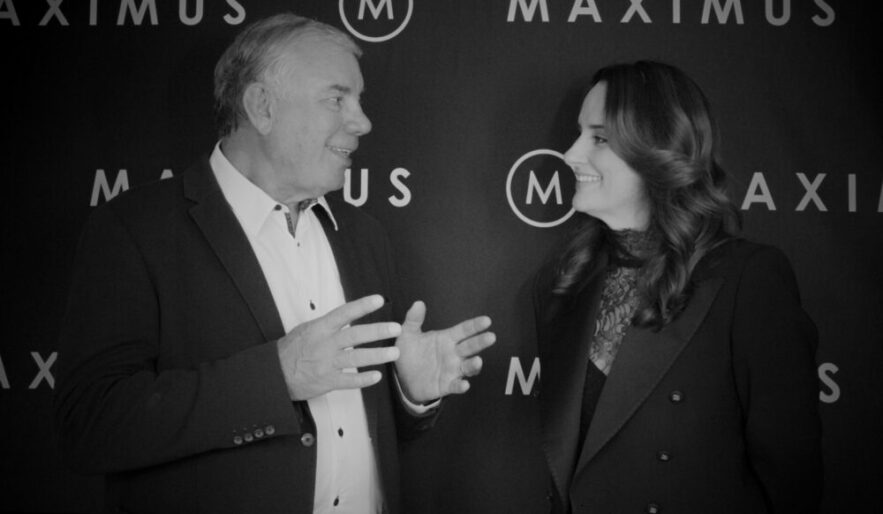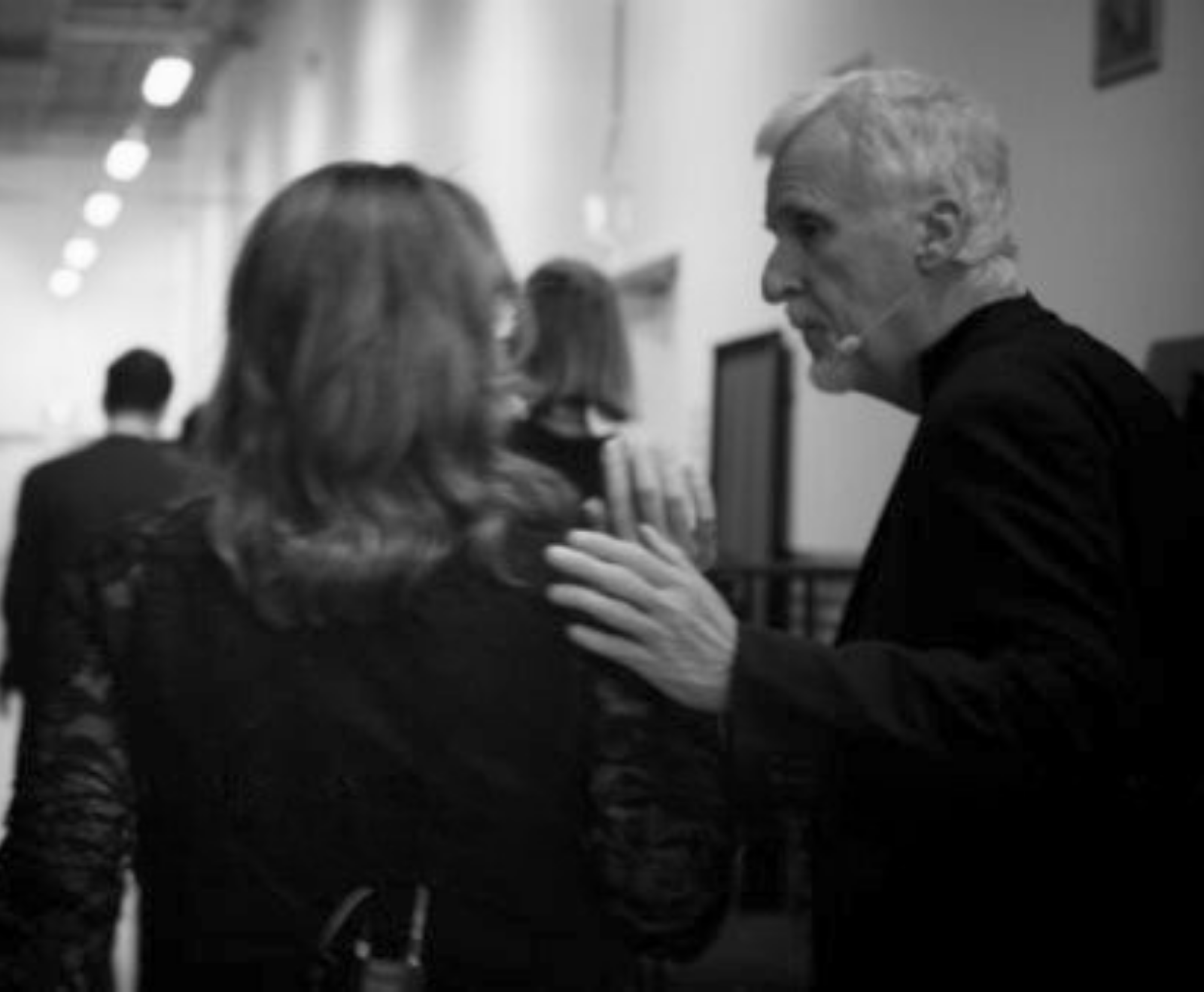Leaders the world over could predict that 2022 was never going to be a straightforward year. In January, BCG’s insightful take on what the c-suite’s priorities ought to be warned us of the multidimensional, constantly evolving disruptions to follow. The rise of artificial intelligence, an exponential increase in cyber attacks and mounting demands on supply chains were all brought into sharp focus as some of the complex challenges inherent in our ‘newmal’ – a term specifically coined to describe the ‘new normal’ we’ve all been thrust into. A mass transition to ‘hybrid’ ways of working was also alluded to in passing, but knowing what we know now, grossly underplayed.
As the ‘canary in the mine’, a large part of our job at Maximus is to understand people, culture and leadership against a backdrop of the current zeitgeist so that we can anticipate not only promising of opportunity but also potential threat to the ongoing success of the businesses we work with. In our experience, hybrid working is fast becoming one of the greatest challenges of our time; so much so we find ourselves sounding the alarm as a call for leaders to act now in order to stay ahead of what’s coming.
If it was hard to leave; many companies are finding it even harder to come back. It isn’t, and won’t ever be, a simple matter of turning the ‘Closed’ sign around to read ‘Open’.
Like most complex business challenges, it’s tempting to call yet another crisis meeting – rushing headfirst into ‘solution mode’; or at the very least ‘creative ideas mode’. Many well-meaning businesses have tried to entice their people to move to hybrid ways of working with fun events or even $100 vouchers to spend at local office eateries…but this isn’t having a lasting effect. It gets people to come in once; maybe even a few times, but simply isn’t sustainable.
Before you ‘ideate’ around how to address the challenge, there are some important truths to get your head around first. Understanding them will help you uncover the context around why a return to the office is so difficult; why it’s crucial to look beyond ourselves when we consider the sheer effort involved in going back; and how leaders can tap into powerful motivators to help their people to overcome their core objections to returning in the first place…
(Spoiler alert: these truths have very little to do with a lack of exciting events or great coffee…)
Truth #1: We had no choice around leaving; but we have a choice around coming back…
Many would recall the frantic scramble to grab whatever they needed to work from home in February 2020 after an announcement around an indefinite shutdown (now known as ‘lockdown’) of work life as we knew it. Businesses the world over bravely stood their businesses up virtually; moving people to working from home almost overnight.
We did all of this because “We had no choice…”
Fast forward to two years later, and a move in the opposite direction has been a lot slower. We’re finding it hard to overcome mounting logistics around travel; hard to overcome the exhaustion of the past two years, punctuated by prolonged periods of school and border closures that have taken a toll on all of us mentally. Many are still exhausted from not having taken a sufficient break over December and are grappling with finding balance amidst young families, long commutes and demanding roles.
When it comes to going back, many have concluded: “We have a choice…” This is consistent with what we’re seeing amongst Maximus clients:
- 30% are back in the office and very glad to be there…
- 30% now oscillate between in/out of office due to Covid lockdowns or exposure events amongst family or close contacts…
- 30% are happy with full-time work from home arrangements and aren’t interested in getting back to the office at all…
In short, while there was a burning platform to ‘go home’; many are finding that there simply isn’t a burning platform to ‘go back’.
Truth #2: In our focus on ‘me’, we’ve forgotten the ‘we’…
Coupled to this rising complexity around motivation to return is a newly ingrained tendency toward shrinking the borders of our lives. As a collective global population, we went home and for a long time, we stayed there. No more spontaneous social interaction. No more in-person meetings. No more industry events. This is how we stayed ‘safe’.
But while a focus on ‘me’ was necessary for survival of a protracted period of stress; it has also made it very easy to lose our perspective of ‘we’. Our roles at work are set up to suit us individually; but to operate successfully within a team, we need to consider our peers and those we lead as well as our clients and customers.
While lockdown saw us hyper-focused on asking “What works for me?”; it’s hard to escape the fact that companies are a collective and a thriving organisational culture is all about an emotional commitment to showing up not only for yourself but for others around you and your company as well.
If we’re to overcome how we view a return to the office (in all its different format); we’ll need to reshape work to once again be about far more than (just) caring for ourselves.
Truth #3: Any call to come back must be more than just a mandate…
While tapping into a desire to serve more than just ‘me’ is a powerful catalyst for change, it’s a lot easier for people to care deeply when there’s something worth caring about.
Within today’s context, smart businesses are those who understand that we can either tell people to come back; or give them a reason to want to return.
To drive collective commitment to momentum, businesses and leaders must carefully consider not only the logistics around a return to work, but how to re-contract an emotional commitment within their people and culture.
This will look very different across every business, but a good place to start is to ask yourself as a leadership team:
– How do we reignite our people’s ambition and create a path for impact?
– How do we move our team beyond a focus on ‘survival’ to a bigger and bolder vision for the future?
– How can we motivate our workforce to find their ‘fitness’ again for their busy, multi-dimensional lives so that they’re able to see beyond the day-to-day to find excitement and purpose again?
– How can we reset our planning cycles to focus not only on the crisis at hand; but the longer-range opportunities?
– How do we ensure a joint understanding around the type of work our team wants to do in the office and the type of work they want to do from home?
In an environment where there’s more choice than ever around where we spend our working week; we need to remind ourselves that work is about far more than just our own output. What’s more, tapping into a purpose bigger than ourselves is the most powerful way to motivate a collective, long-term solution to working together beyond the just challenges of today to build something worthy of ongoing commitment into the future.








